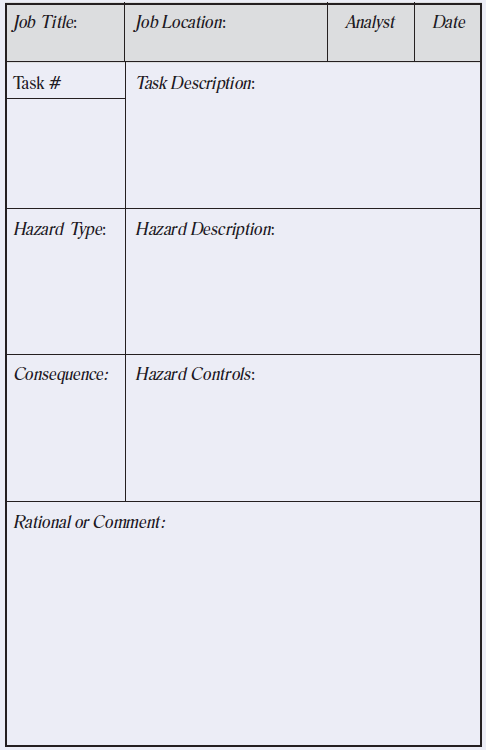General steps for repairing or replacing equipment in hydrogen service include:
- Preparing the system including isolating energy sources via Lockout/Tagout (LOTO) and purging hydrogen out of the equipment (Purging)
- Inspection
- Doing the work
- Leak testing
- Purging air out of the equipment (Purging)
Maintenance procedures provide guidelines that, if followed, will control hazards at an acceptable level of risk. The process for development of maintenance procedures should be the same as for the development of Operating Procedures.
Written procedures should detail the means for establishing that equipment (See Note below.) is safe to work on. Standard procedures should be developed at least for the following:
- Lockout/tagout (LOTO) – This describes the isolation of energized electrical and pressurized systems so that equipment can be worked on safely. See OSHA standard 1910.147 The Control of Hazardous Energy (lockout/tagout).
- Confined space entry – This describes the need to verify a space has and will continue to have sufficient breathable air for safe entry. See OSHA standard 1910.146 Permit-required confined spaces.
- Verifying equipment is “Fit for Maintenance” – This procedure should describe inspection of equipment prior to work, depressurization of the system, purging hydrogen out of the system and testing for residual hydrogen before declaring the equipment fit for maintenance.
- Work permit – Work permits are used to control workplace hazards during maintenance. The procedure should describe how a permit is written, communicated to workers in the area, and managed across shifts.
- A hot work permit should be issued for hot work operations to be conducted in or near an area close to hydrogen equipment.
- Permit should document requirements in 29 CFR 1910.252(a) Fire prevention and protection for Welding, Cutting and Brazing have been implemented prior to beginning the hot work
- Permit should indicate the date(s) authorized for hot work and identify equipment being worked on
- Applicable compliance with LOTO, confined space entry and “Fit for Maintenance” should be verified.
All personnel should be trained on the use of the procedures.


